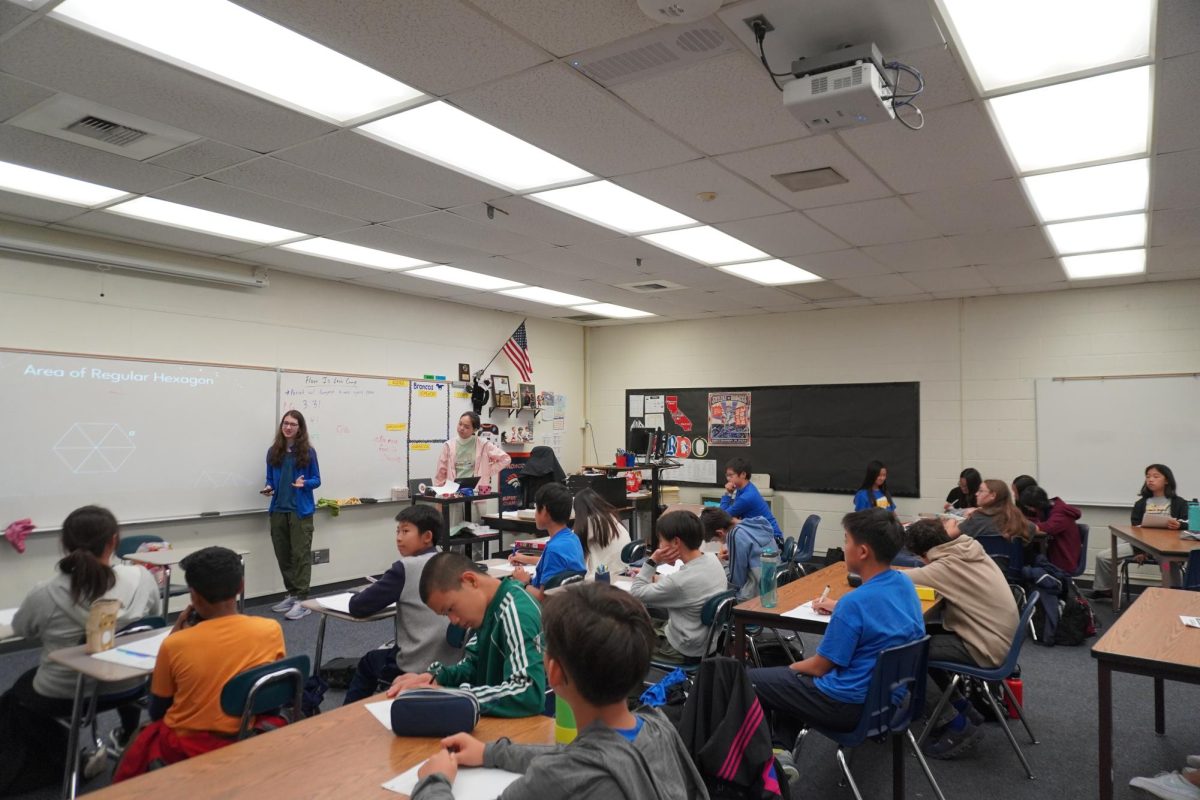Scientists in the Netherlands have progressed one step further towards making teleportation a reality in the far future.
On May 29, a team of Dutch physicists from the Kavli Institute of Nanoscience at the Delft University of Technology reported that they had teleported information between two quantum bits separated by about 10 feet with 100% reliability.
The experiment involved the transfer of information between quantum bits, or units of quantum information. Quantum bits, also known as qubits, differ from classic bits because they can simultaneously describe many values while classic bits can only have two values: 0 or 1. Furthermore, qubits can exhibit quantum entanglement, or the notion that sub-atomic particles separated by distance essentially “copycat” each other– the state of one particle instantly affects the state of another. Quantum teleportation uses entanglement to transfer information instantly about the state of an atom or particle without moving any physical matter.
Einstein famously expressed disbelief of entanglement, calling it “spooky action at a distance.” However, this experiment and others over the years have begun to override his objection and demonstrate that it is a real phenomenon.
The Dutch physicists conducted an experiment in which they used laser light to entangle two electrons trapped inside diamonds. A piece of information was encoded in a nitrogen atom near one of the electrons in one of the diamonds. The researchers measured the state of the atom and electron and determined how the distant electron should be manipulated to recreate the encoded information. The original information was destroyed, so it was safe from interception or eavesdropping. The information did not physically travel between the two locations, so it is considered “teleported.”
Previous to this experiment in the Netherlands, physicists at the University of Maryland attempted to transfer quantum information in 2009, but only succeeded once out of every 100 million attempts. However, the Dutch scientists were able to teleport the information accurately 100 percent of the time.
“The main application of quantum teleportation is a quantum version of the Internet, extending a global network that we can use to send quantum information,” said Professor Ronald Hanson, the leader of the team of physicists, to the Irish Times. “The information is teleported to the other side, and there’s no way anyone can intercept that information. In principle, it’s 100 percent secure.”
A more ambitious experiment attempting to teleport information between buildings 1,300 meters apart is planned in July.
If this form of transfer of information succeeds, it may lead to human teleportation.
“What we are teleporting is the state of a particle. If you believe we are nothing but a collection of atoms strung together in a particular way, then in principle, it should be possible to teleport ourselves from one place to another,” said Hanson. “In practice it’s extremely unlikely, but to say it can never work is very dangerous. I would not rule it out because there’s no fundamental law of physics preventing it. If it ever does happen, it will be far in the future.”
“Star Trek”-style of “beaming up” people may not be so fantastical after all. However, a more practical application of this technology is a network of quantum computers, which are much far faster and more powerful than the most powerful computers currently in use, as well as a completely secure quantum communications network.
By ELYSIA OUYANG
Staff Writer
Dutch physicists say human teleportation is “possible”
June 13, 2014
0
Donate to Sword & Shield
$180
$1000
Contributed
Our Goal
Your donation will support the student journalists of University High School. Your contribution will allow us to purchase equipment and cover our annual website hosting costs.
More to Discover













